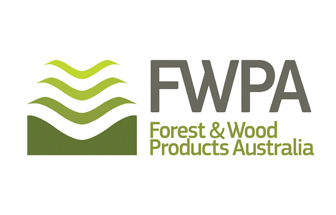AUSTRALIAN SAWN SOFTWOOD IMPORTS LIFT 62%
Australia’s imports of sawn softwood rose an astounding 62.2% year-ended May 2022, lifting to 895,314 m3 for the full year.
While weighted average import prices may have peaked in January, there is very real prospect that annualised imports will continue to grow in coming months.
One factor that could sway the continued growth in imports is Russia’s war on Ukraine.
The evident tightening in global wood fibre markets is likely to begin having an impact for supply delivered around August and after. To date, the extent of that tightening on Australian markets has been unclear and we expect will remain that way for some months.
Meantime, importers have responded magnificently to the rapid growth in demand, delivering a huge volume of imports and ramping up their supply in very short order.
There is little doubt, and the data shows this, that importers came to the party over the last year. Led by Germany and Sweden, there were very large increases in imports to meet Australia’s record demand. The sole exception was New Zealand, whose imports to Australia were wound back modestly as local producers worked to meet New Zealand’s own spike in demand.
A large number of countries provide softwood products to Australia. Seven of them experienced very large increases over the last year, and in fact, over the course of the pandemic.
Whether all this is sustainable remains to be seen, especially as the big increase from Germany is understood to be related to salvage harvesting.
There is little doubt the import supply to Australia has made all the difference over the last two years.
The reality is import prices have become necessarily more expensive, both for the goods and on a delivered basis. While shipping and freight costs are gradually beginning to unwind, we should not operate under any illusions about freight costs coming down dramatically.
Tom Burton addressed in the AFR on 18th July saying the expectation is the cost of shipping containers will subside over the next year, but there is no appetite expectation for the USD3,000 container price to return. The question of the timing of lower sea freight costs is also a matter for continued conjecture because of continued congestion, labour shortages and supply chains that are struggling to find equilibrium.
According to RaboResearch, no real softening in freight costs should be expected until 2024.
It seems import volumes and prices will remain high for some time to come.











